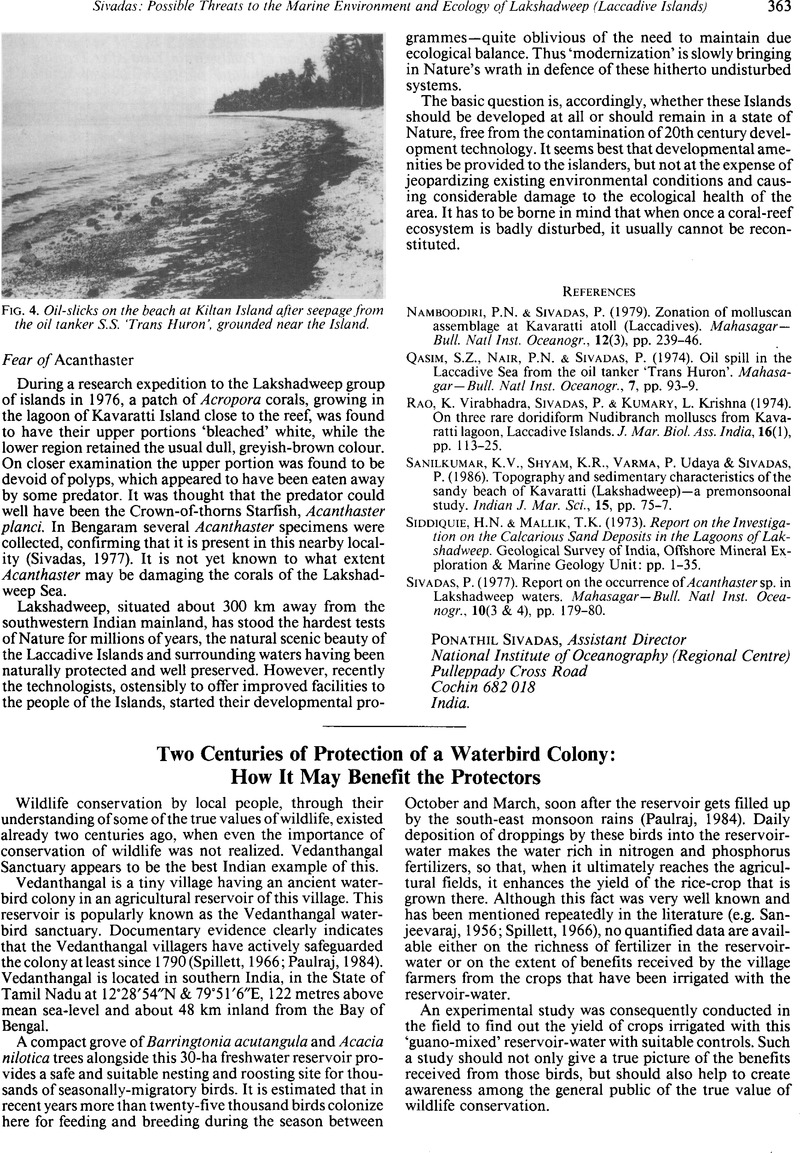Crossref Citations
This article has been cited by the following publications. This list is generated based on data provided by Crossref.
Urfi, A. J.
2011.
The Painted Stork.
p.
131.



